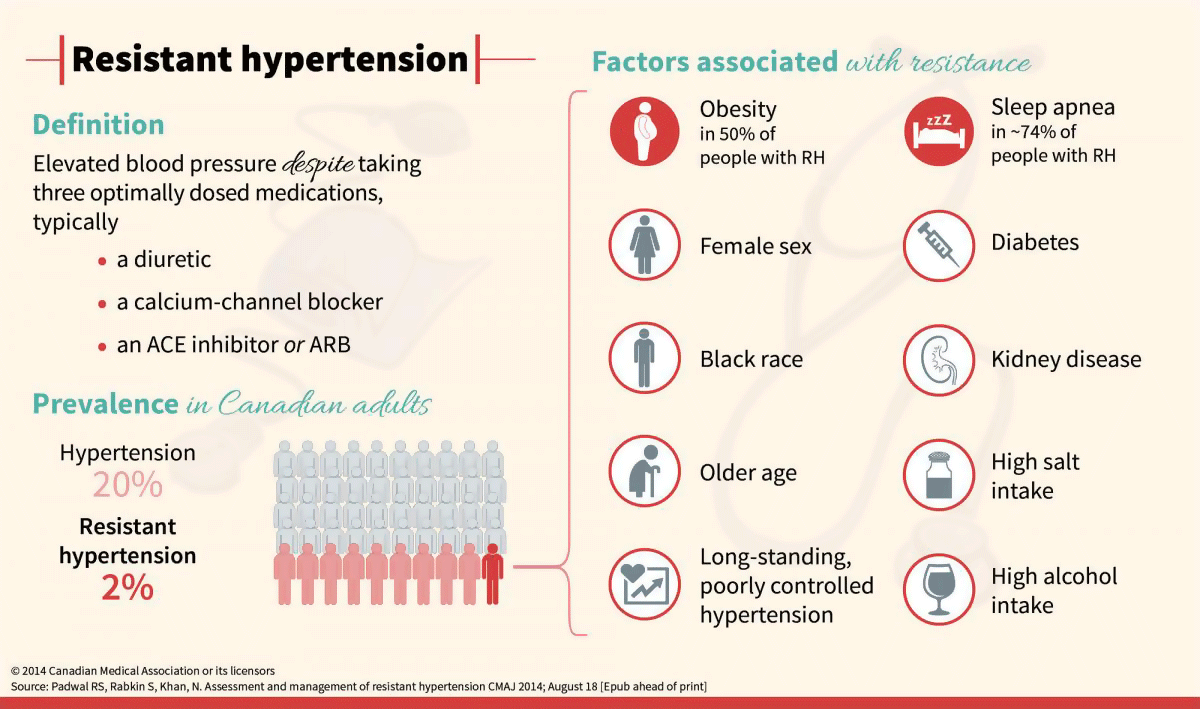Transcranial Stimulation Helps Reduce Blood Pressure in Resistant Hypertension
[ad_1]
According to research success, transcranial direct current stimulation may be a non-pharmacological resolution to aid control resistant hypertension.
Resistant hypertension is hypertension that isn’t going to reply to extraordinary health care treatment method, characterised as every day administration of a bare minimum of 3 kinds of antihypertensive drug (which incorporates a diuretic) at the greatest tolerated dosages. People today with resistant hypertension are at large possibility of cardiovascular issues, such as heart failure and stroke.
The effect of a solitary, acute session or 10 periods of transcranial stimulation on peripheral and central blood stress was evaluated in 13 contributors with resistant hypertension. The men and women were evaluated for adherence to pharmacological therapy 6 months in advance of the start off of the study, as well as all through the review, and also for height, physique weight, and resting blood strain, as perfectly as any other health-related situations that could possibly impact blood stress.
Soon after acute stimulation, 24-hour ambulatory monitored systolic stress dropped in some people today by 15 mmHg. A systolic strain reduction of this degree mitigates cardiovascular possibility noticeably.
The review benefits also uncovered that the longer transcranial stimulation time period didn’t lower brachial blood force, which is calculated in the physician’s place of work on the brachial artery and monitored for 24 hours. A doable clarification is that 10 consecutive days of stimulation resulted in a increased tolerance level and worked originally only, with blood force raising all over again thereafter.
Prior exploration carried out by the scientists experienced shown transcranial stimulation’s opportunity as a way of modulating autonomic nervous technique command and lowering blood strain in men and women with mild to reasonable hypertension, which proposed its probable use for treating resistant hypertension.
The present-day study was double-blind as nicely as randomized, which signifies that the men and women had been randomly break up into groups and the variety of remedy they were provided was mysterious to the participants as effectively as the researchers. It was also a crossover, a type of examine in which all participants are offered the identical 2 or a lot more treatments in a distinct get according to the group that they are randomly allotted to.
The 20-moment session consequences of actual and sham transcranial stimulation had been as opposed in the acute as perfectly as extended protocols. Individuals randomly preferred for sham stimulation ended up specified electric powered latest just for the duration of the very first 3 minutes, and the electrodes remained on their pores and skin for 17 minutes in the sham treatment, with the other individuals receiving the stimulation treatment method for the full 20 minutes. Subsequent a 1-7 days crack, they ended up all provided 10 consecutive periods. Following an additional crack, people who had been given sham treatment been given the complete therapy and vice-versa.
The results of transcranial stimulation were being also examined on the autonomic anxious process managing features that include digestion, temperature, circulation, and respiratory, and is composed of the parasympathetic and sympathetic programs, and biomarkers ended up calculated linked to blood force, this sort of as cytokines, acetylcholinesterase, noradrenaline, and cortisol.
A hyperactive sympathetic nervous procedure, which manages responses to pressure or risk, like breathing level, blood pressure, and bigger coronary heart level, is regarded as one particular of the principal will cause of significant blood strain and plays an particularly considerable section in resistant hypertension. It is really joined to the hazard of vasoconstriction, arrhythmia, and transforming of the coronary heart and blood vessels in people with resistant hypertension.
Activation of the parasympathetic anxious procedure, which calms the responses of the entire body when feeding or resting, has been affiliated with decreased blood pressure, enhanced cardiac working, and considerably less swelling.

Image Resource – cmaj
Want to use our photographs on your website? Correct click on on picture for embed code
[ad_2]
Resource url








